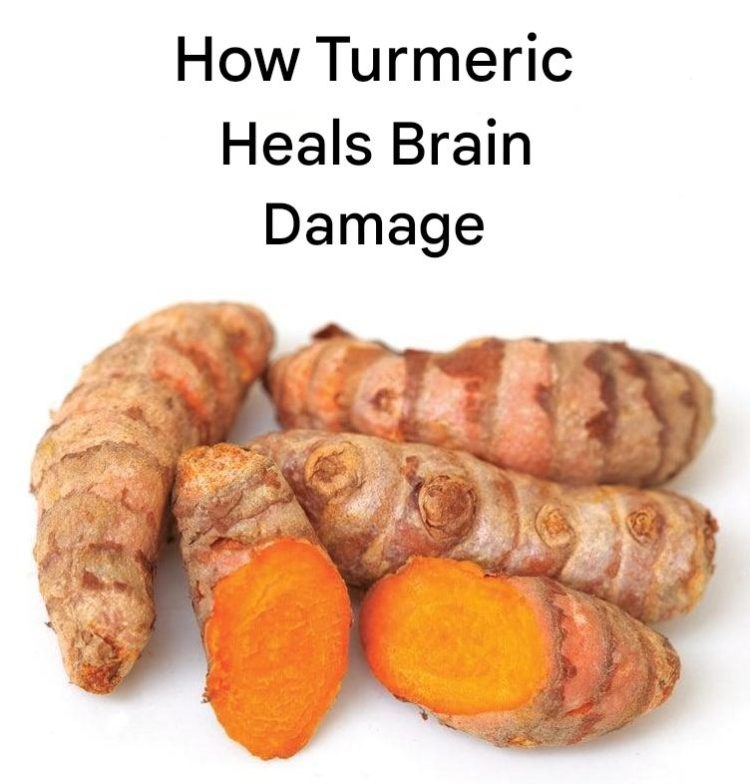Long considered impossible to accomplish, new research reveals how a simple spice could help regenerate damaged brains.
Turmeric is arguably one of the most versatile spices in the world, with over 600 research-backed health benefits and an ancient history filled with deep reverence for its seemingly compassionate powers to alleviate human suffering.
But in the last decade, attention has focused on just one of its hundreds of components: the primary polyphenol in turmeric, known as curcumin, which gives the spice its rich golden color. This focused study of curcumin has led to the development of some very good products, such as phospholipid-bound curcumin concentrate (e.g., Meriva, BCM-95), which helps significantly increase the absorption and action of curcumin. But curcumin isolates only provide a fraction of turmeric’s therapeutic power—and therein lies the limitation and arrogance of the dominant “isolate the active ingredient” model.
see continuation on next page
